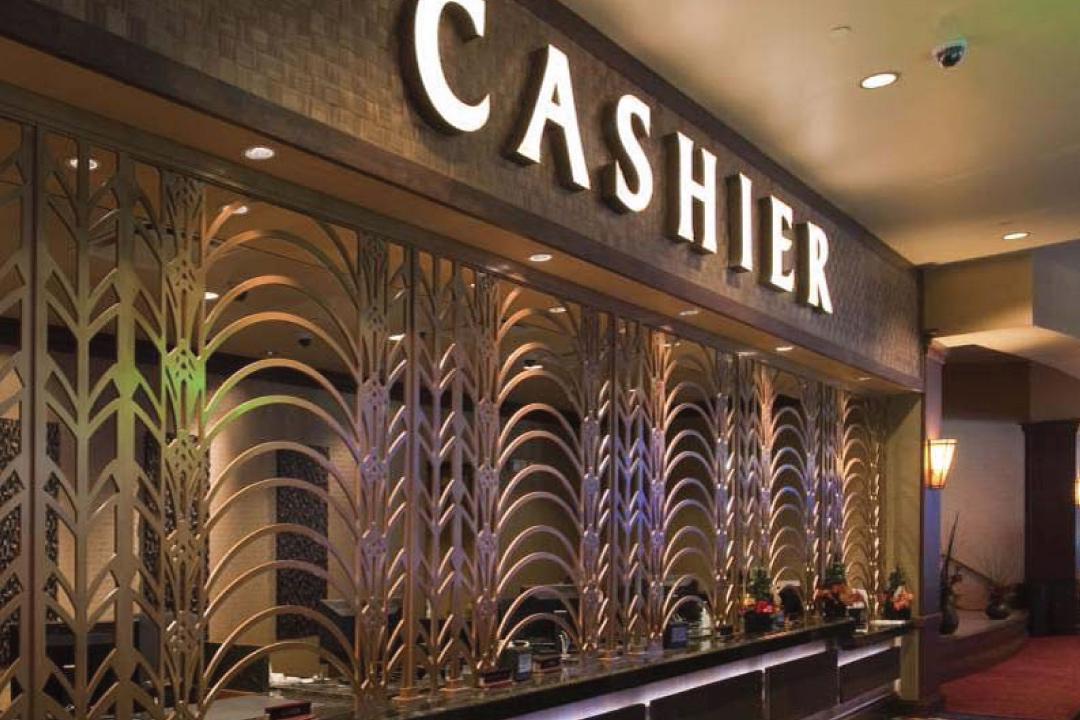The Money-Making Magic Behind Las Vegas Casinos
Las Vegas casinos have long been iconic symbols of entertainment, luxury, and financial success. With their glittering lights, world-class gaming, and opulent attractions, these establishments are integral to the city's vibrant identity. However, the financial engine that powers Las Vegas casinos is far more intricate than what meets the eye. These venues rely on a diversified range of revenue streams that extend beyond the spinning reels of slot machines and the excitement of high-stakes poker tables. The formula behind their profitability is a fascinating mix of gaming, hospitality, fine dining, luxury retail, and unforgettable entertainment. Let’s take a closer look at how the Las Vegas casino industry generates revenue, navigates its challenges, and sets itself up for the future.
Evolving Revenue Streams
In the past, gaming was the undisputed king of revenue generation for Las Vegas casinos. People flocked to the city with dreams of striking it rich, and gambling was the main attraction. While gaming still plays a core role, the city's financial playbook has significantly expanded in recent years to incorporate diverse sources of income. In fact, non-gaming revenue has become a substantial portion of the pie, exemplifying the evolution of Las Vegas from a strictly gambling-focused destination to a multifaceted entertainment hub.
Gaming Revenue: Still a Heavyweight
Gaming continues to account for a sizable portion of Nevada's revenue. In 2024, the state set a new record for gaming revenue, raking in $15.6 billion. Las Vegas remains the centerpiece of this impressive figure, with the Strip alone pulling in significant earnings. For instance, January 2025 proved to be an optimistic start to the year, with the Strip generating $840 million in gaming revenue that month alone. Statewide gaming numbers mirrored this success, hitting $1.43 billion for the same period. Popular attractions like baccarat, a favorite among international high rollers, played a key role in this resurgence.
The Rise of Non-Gaming Revenue
Though gaming continues to thrive, Las Vegas has seen a seismic shift in how its casinos generate earnings. From luxury accommodations and celebrity chef restaurants to live shows and high-end shopping, non-gaming offerings have become pivotal to financial stability. According to the Nevada Gaming Control Board, the share of non-gaming revenue now rivals, and in many cases surpasses, the traditional gaming segment for major casino resorts. This strategic diversification has reduced the industry's reliance on gambling, insulating it from fluctuations in gaming activity and external economic factors.
Profitability and Challenges
Despite record-breaking revenue figures, profitability has faced challenges. Net income for large Nevada casinos dropped by 24.4% during the fiscal year 2024, reflecting rising operational costs, inflation, and broader market volatility. Still, industry executives remain optimistic. Companies like Golden Entertainment expect 2025 to bring growth, driven by improved economic conditions and a strong local market. Casinos are also investing heavily in innovation, renovations, and customer-centric experiences to maintain their competitive edge.
Trends Shaping the Industry
Several emerging trends are shaping the performance and future direction of Las Vegas casinos:
-
High-Stakes Gaming Comeback: Games like baccarat, long cherished by international high rollers, are surging in popularity. This trend underscores the global reputation of Las Vegas as a leading luxury gaming destination.
-
Diversified Offerings: Modern casinos are no longer focused solely on gamblers. By curating a mix of live entertainment, experiential events, and world-class dining options, operators hope to attract younger audiences and a growing number of international travelers.
-
Market Recovery Post-2024: After navigating the challenges of fiscal 2024, January 2025’s promising numbers signify a resurgence. This trend indicates that Las Vegas remains exceptionally resilient in reinventing itself to cater to shifting consumer demands.
The Path Forward
The Las Vegas casino industry is at a pivotal crossroads. While revenue streams remain robust and diversification efforts continue to bear fruit, operators face mounting pressure to manage rising costs without compromising their renowned opulence. The focus on expanding non-gaming services is key to ensuring long-term resilience. Enhanced customer experiences, focused investments in entertainment, and cutting-edge innovations like tech-driven attractions are setting the stage for modernization.
Conclusion
Las Vegas casinos represent a masterclass in financial diversification and adaptability. Gaming remains the pulsating heart of their operations, but the rise of non-gaming revenue streams like luxury hospitality, experiential dining, and premier entertainment has added new vitality to their success. While challenges in profitability persist, the industry's ability to innovate and cater to evolving consumer expectations positions Las Vegas for sustained growth in the global entertainment landscape. The future for Las Vegas casinos is bright, poised to captivate millions of visitors while continuing to redefine what it means to deliver unparalleled luxury and entertainment.
